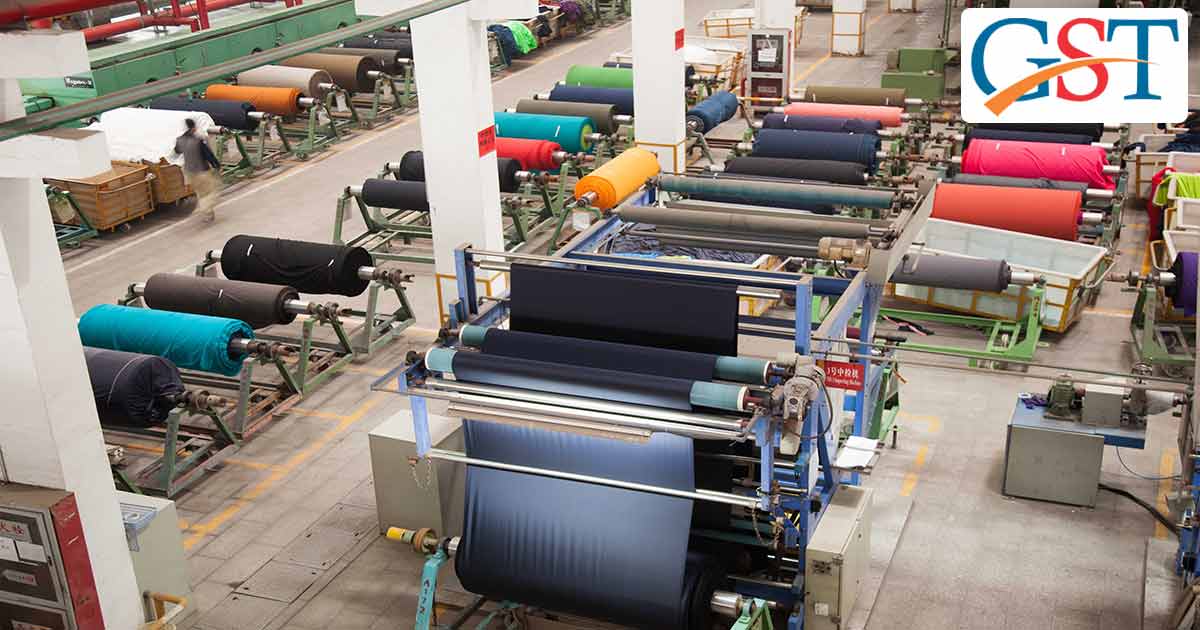The technological fabric of GST intertwined with compliances complexities and multiple-stage taxing has spelt doom for the once flourishing Textile and Powerloom Industry of Surat. Reports suggest most small and medium scale power loom owners in Surat have closed businesses and are now looking for other sources of income. But a bigger question remains… Why??…
Surat, also popularly called the Manchester of The East, was hit hard by GST. The industry had enjoyed zero tax in the erstwhile VAT regime but since GST was introduced the fortunes have spiraled down with a pace reminiscent of a stock market crash. The famous Ring road which stayed abuzz with small textile and diamond traders is now a pale shadow of the past. Most of the power loom operators and other small-textile and diamond traders have either packed bags and left for good or switched to alternate businesses.
SME traders account for 90 % of Surat’s 75,000 textile traders. And according to Champalal Bothra, General-Secretary Federation of Surat Textile Traders Association, the industry has recorded a 40% decrease in business post-GST. This has resulted in most SME traders being subsumed by the bigger and stronger ones. Many small traders are now employed by large textile trading firms. A complete turn of fortunes for the self-employed textile traders.
Read Also: Surat Weavers Demands Anti Profiteering Authority Formation
Under the new GST regime, Tax rates vary with the different stages of production and sale in Textiles. Powerlooms cannot avail ITC or the Input Tax Credit which further limit profit margins. Also, 5% is levied on textile trading. previously, the industry was zero-rated under VAT. Hence survival is now impossible for small-scale traders. Most SME traders are now migrating to other businesses like catering, warehousing, plastic agency etc.
Capacity utilization is at an all-time low. From 80-90% during the pre-GST period, it has now reached 40-50%. These include jobs such as sizing, twisting, processing, and weaving. Capacity utilization refers to the proportion of economic output that is actually achieved against the capacity. More than 100000 Powerlooms have gone bankrupt and sold. For the time being though, a resurgence seems too far away on the horizons for the once flourishing Textile Industry. The once Job Creators are today’s Job Seekers. A turn of events that many would have surely never seen coming.
Recommended: Goods and Services Tax Impact on Textile Industry in India
